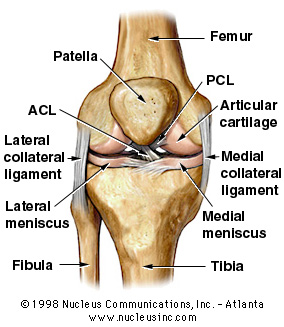‘I never had a second thought’: College athlete cuts career short to save stranger’s life

Cameron Lyle has asked a lot of his body over the years, but he never expected it to save the life of a stranger.
A shot put star on the University of New Hampshire track and field team, Lyle was at the pinnacle of his collegiate athletic career when he had to make a profound decision.
A man with blood cancer was desperate for healthy bone marrow and Lyle was the only match on a national registry of potential donors. The only problem: if Lyle decided to donate, it would mean missing some of the most important track meets of his senior season.
Faced with cutting his career short, Lyle focused only on the chance to save someone’s life.
“I was surprised, I was pretty happy. I said yes right away,” Lyle, 21, told TODAY. “And then afterwards I thought about everything that that meant giving up, but I never had a second thought about donating. If I had said no, he wouldn’t have had a match.”
Lyle had all but forgotten the Be The Match Registry drive that came to his university two years ago. He allowed his cheeks to be swabbed and didn’t think much more of it. Only 1 out of 540 people who sign up go on to donate, according to the National Marrow Donor Program, which operates the Be The Match Registry.
Then, two months ago, he got a call. Lyle was told he was a possible match for a young man with a rare form of leukemia, a disease that gets worse quickly if not treated, according to the National Cancer Institute.
Lyle underwent blood tests, which confirmed he was a definite match. Once he agreed to donate – something “any kind of decent human being” would do, he said — more tests followed to make sure he didn’t have any health problems. Time was of the essence.
“They gave me a pretty strict deadline because my recipient needed it pretty fast,” he said.
Everything was a go and last week, Lyle headed to Massachusetts General Hospital in Boston to share his bone marrow with a stranger.
There are two ways to harvest the cells, according to the National Marrow Donor Program, with most collections done in an outpatient procedure that’s similar to donating blood. A quarter of cases, however, require a surgical procedure in which doctors insert a special needle into the hollow of donor’s hip bone. A syringe attached to the needle draws out the marrow. The procedure usually requires general anesthesia and an overnight hospital stay.
The recipient’s doctor determines which method is best. Lyle needed to undergo the surgical option.
It took two hours for doctors to collect about two liters – some eight cups — of bone marrow from Lyle’s pelvic bone. His body will regenerate the marrow in about two weeks.
Most people can return to their full activities within days after the donation, according to Dr. Jeffrey Chell, CEO of the National Marrow Donor Program.
But most people aren’t track stars who hurl heavy metal objects as part of their normal routine.
Doctors told Lyle to take it easy and not lift more than 20 pounds for about a month – routine advice after any surgical procedure, Chell said — effectively ending his collegiate track career.
“This is just an incredible, incredible story of what Cameron [Lyle] has been willing to do,” said Chell.
Since anonymity is crucial to the donor process, TODAY was unable to obtain information as to the recipient’s condition since receiving Lyle’s bone marrow donation. However, a spokesperson for Be the Match said after a transplant, “recovery is gradual and usually takes several months or more.”
One-year survival rates for patients who receive transplants from unrelated donors was 60.3 percent in 2011, up from 42.2 percent in 2003.
Lyle said he was told that the man received his transplant the day after he donated but that he “won’t get an update on his condition for 30 days.”
Until then, he plans on recuperating and watching his teammates compete at the America East Conference where he’d planned on “going out pretty big.” Lyle’s donation also meant missing the Penn Relays and other events where he wanted to shine after eight years of shot put training.
“But it’s OK,” he said. “It was worth it. I would do it again, too.”


